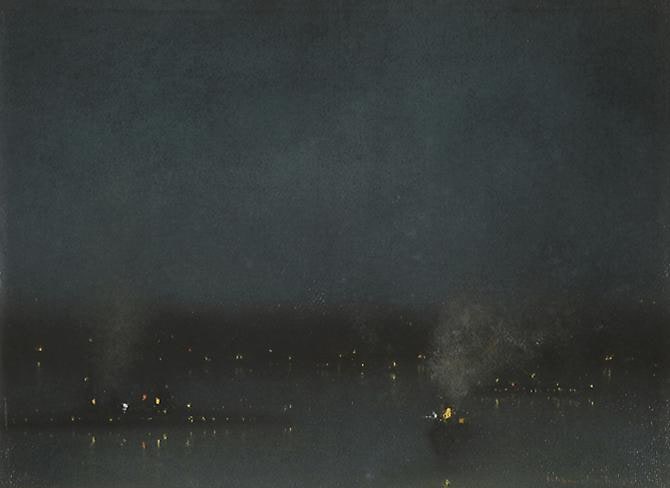American (1883-1972)
Some creative individuals, fortunately, can express themselves in more than one medium. When Berthelsen was first on his own, his rich baritone singing voice garnered him scholarships to music school, a job as lead baritone with the Standard Opera Company, and later, teaching posts. All the while, however, the Midwest-raised youngster could not suppress his interest in the fine arts. He befriended artists, such as Chicago painter of snow landscapes, Svend Svendsen, and he enjoyed a lifelong comradeship with portrait artist Wayman Adams. In 1920 he moved to New York, interested in advancing his career. There Berthelsen taught voice but he also increased his interest in fine art. As a member of the Salmagundi Club, he enjoyed lively discussions and critiques with its artists and art lovers, and he began to produce, as a “hobby,” pastels and watercolors. When the music world collapsed with the Depression, Berthelsen’s “hobby,” by then oil paintings on canvas, became the main support for his wife and three children.
He painted the world he knew -- New York City. The town has many moods, and Berthelsen, influenced by the snow landscapes of Svendsen, and possibly those of fellow New York painter Guy Wiggins, most frequently painted it in winter. Unlike Svendsen he included people, but these were not the common figures delineated by his fellow social realists or regionalists but busy individuals bundled up against the blustery day, intent on personal business. And unlike both Svendsen and Wiggins, his “impressionistic” technique emphasized the poetic aspect of the scene. After World War II, once economic times improved, his well-loved canvases captured an even greater ready market, and Berthelsen was able to spend his later years in comfort.

